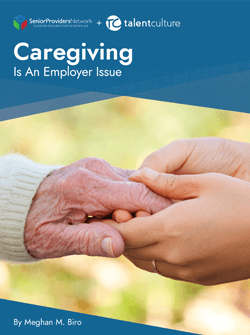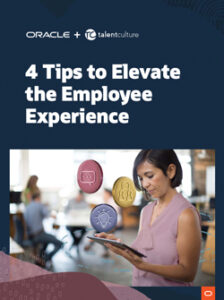In the United States, more than 1 in 6 part-time or full-time working employees are now assisting with the care of a family member, most often an elderly family member. According to the AARP, 15% of the American workforce is involved in caring for a loved one — that’s around 24 million people.
Most of us can imagine being in this position — saddened to see a loved one in such a diminished capacity, trying to be present and supportive of them as we garner whatever resources we have to do the right thing. But the reality is even harder. Whether a loved one is stricken with dementia, Alzheimer’s Disease, chronic illness, stroke, heart attack or any other health issue, caregiving is an extremely complicated role. When the time comes, as nationally known gerontologist Mary Winners notes,”People don’t know what they don’t know.”
When your employees assume the role of caregiver, they’re not only unaware of the myriad of choices involved, they rarely have access to the expertise or resources to safely navigate through the complexities of every decision.
Here are just a handful of the possible challenges your caregiving employees may face:
- Legal issues
- Care options, such as at-home care vs. hospitalization or nursing home care
- Insurance, financial, and tax questions
- Finding and vetting doctors, health care practitioners, and other healthcare professionals
- Adjusting to and providing for their loved one’s changing dietary needs
- Daily schedules and coordination
No matter the ailment a loved one is facing, caregiving isn’t easy. The countless logistical and emotional challenges your employee is facing just increase their stress levels and make decision making and balancing their life and work even that much harder. The good news is your employees don’t have to do it alone. To learn what employers can do to help, start by reading this guide.






